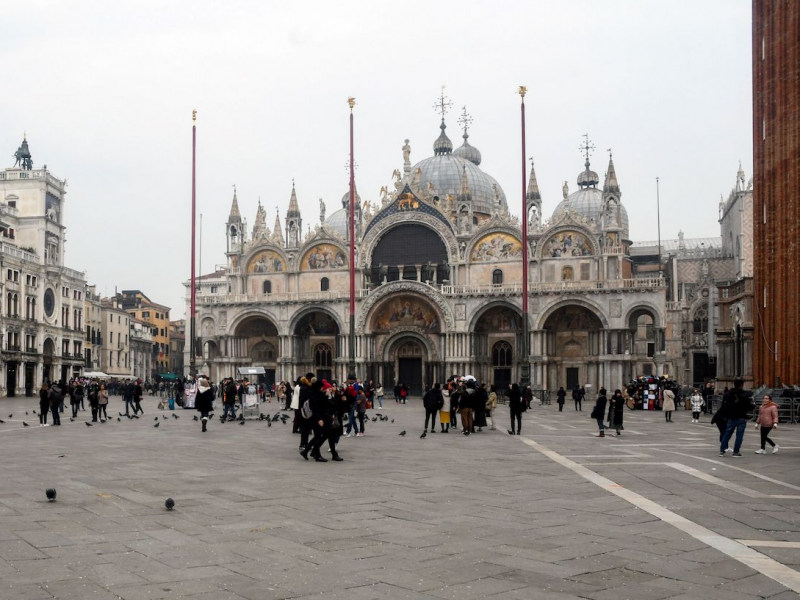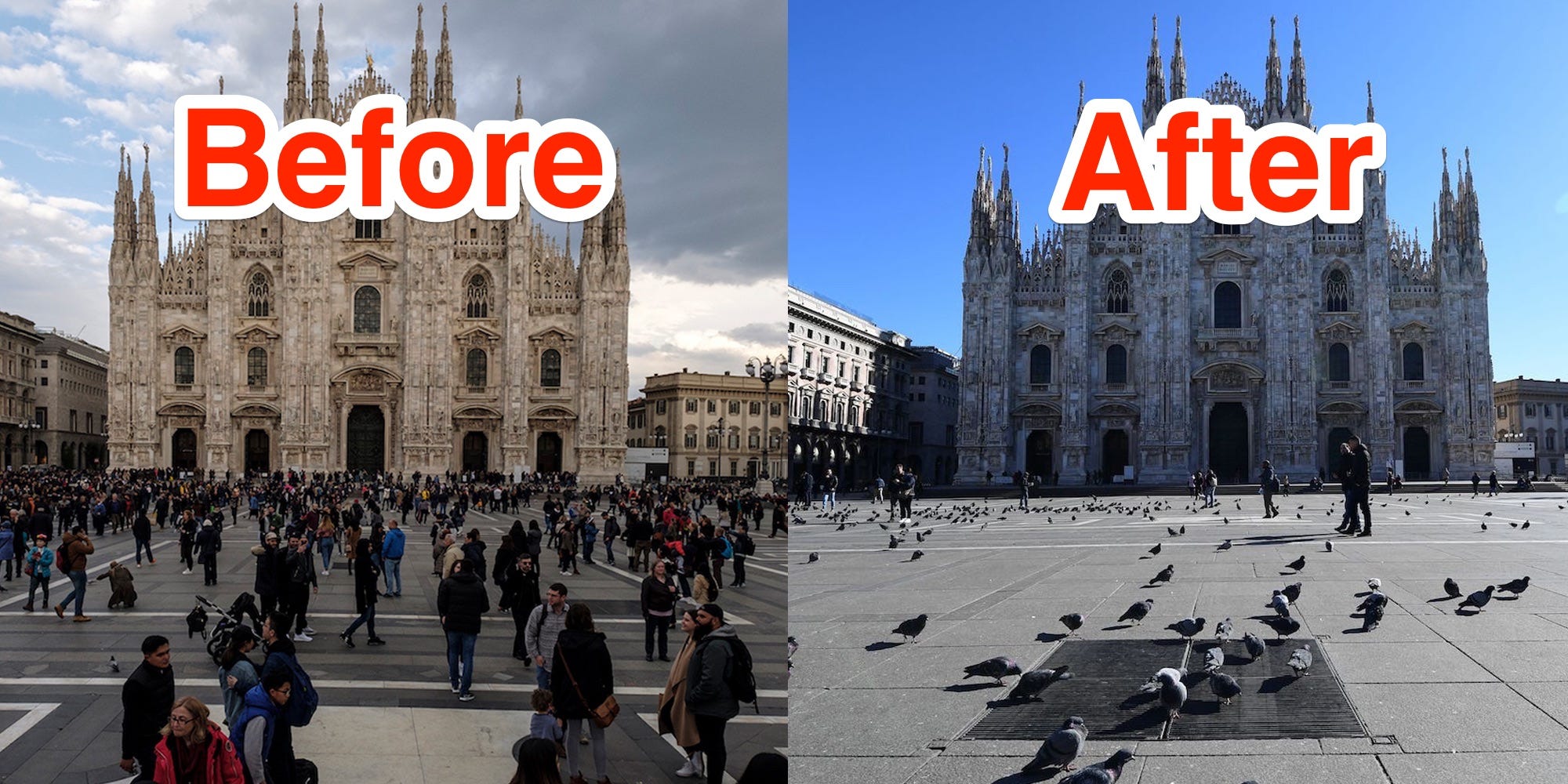- In the last few weeks, Europe has seen a spike in coronavirus cases, with the most severe outbreak in Italy.
- Attractions like The Louvre Museum in Paris, as well as the main cathedral in Milan, have closed due to fears of the virus spreading even further.
- These pictures show the visible difference between Europe’s most notable landmarks before the outbreak, and during.
- Visit Business Insider’s homepage for more stories.
The coronavirus has since spread to Europe, and is ravaging the tourist industry there.
Its arrival was marked by a dramatic spike in cases in the Lombardy region of Italy, the country with the worst outbreak outside of Asia.
Since then, some of Europe’s most notable landmarks have seen their number of visitors dwindle, or been closed down completely for fear of furthering the spread.
These before-and-after photos show how individual tourist landmarks have been left totally abandoned by the coronavirus outbreak.
BEFORE: The Piazza del Duomo in Milan is the biggest attraction in the city.
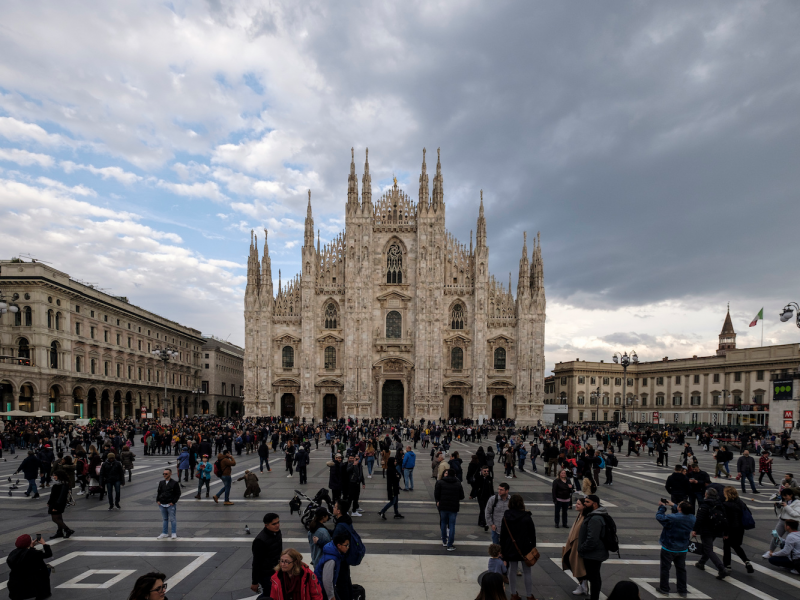
The piazza includes some of Milan's most important buildings, including the Duomo di Milano and the Galleria Vittorio Emanuele II.
Over five million people visit the Duomo every year, according to Culture Trip.
AFTER: The famous square is now looking eerily empty as the number of cases in Italy continues to climb.
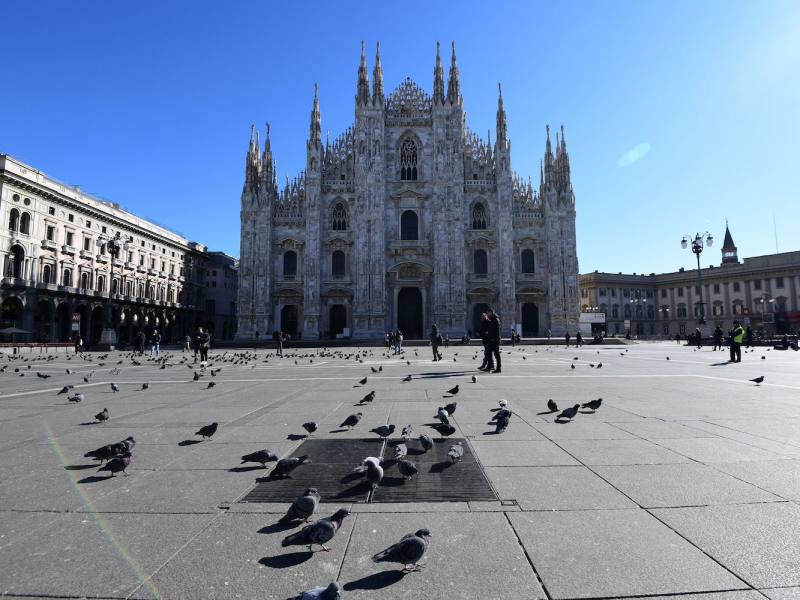
Milan's Duomo and La Scala opera house closed to visitors on February 25. Schools, universities, theatres, and cinemas have also been shut in the city, according to The Guardian.
"It's extremely empty. I've never experienced anything like this," Angela Trapani, a Milan local, told the newspaper.
Milan is only a one-hour drive from Lombardy, a region in northern Italy which remains largely on lockdown due to coronavirus fears.
Source: CNN
BEFORE: The Spanish Steps in Rome are a UNESCO world heritage site which attracts millions of picture-taking tourists every year.
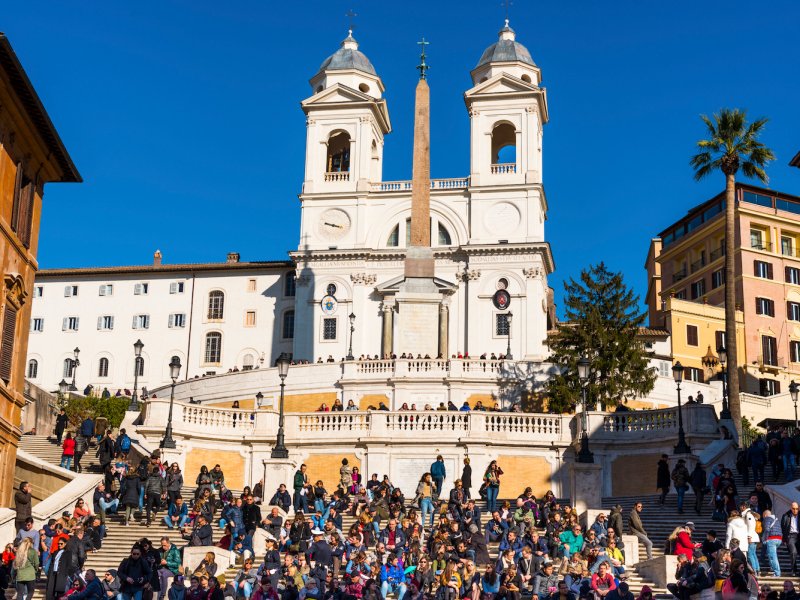
In August 2019, the tourist site was so popular that people were fined $278 (€250 ) if they were caught sitting on the steps, The Guardian reported.
AFTER: But as the coronavirus spreads further south, more tourists are refraining from visiting the famous steps.
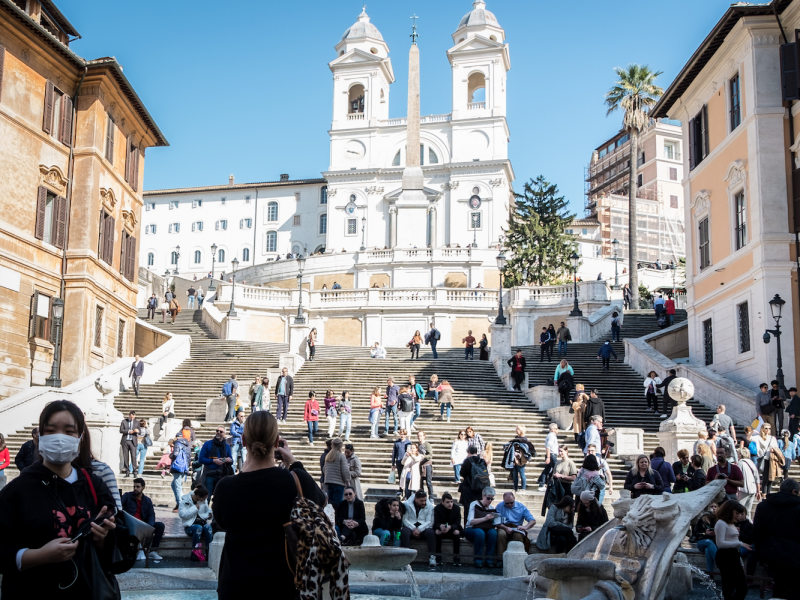
As of March 2, there have been 12 recorded cases in Rome, according to a map published by Italian newspaper La Repubblica.
BEFORE: The Colosseum in Rome is one of the most-visited archaeological sites in the world.
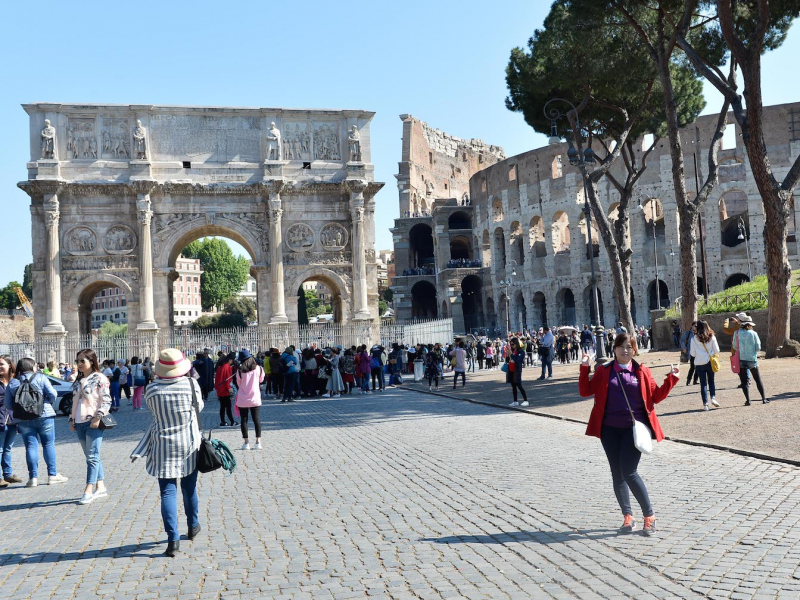
The Unesco world heritage site usually has up to 7.4 million visitors a year, according to a local magazine article from 2018.
Source: Italiani
AFTER: It looks unusually empty, as tourists take precaution and avoid large crowds.
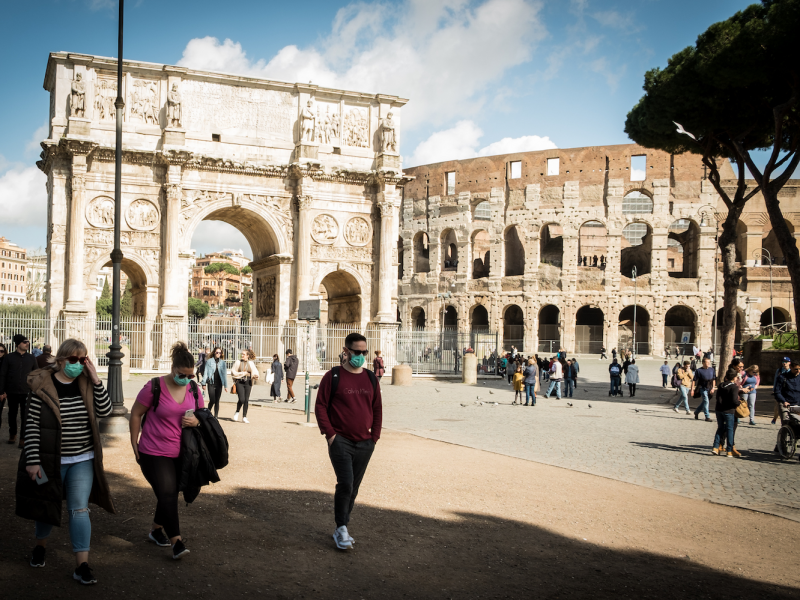
BEFORE: Near the Colosseum is the Il Vittoriano monument.
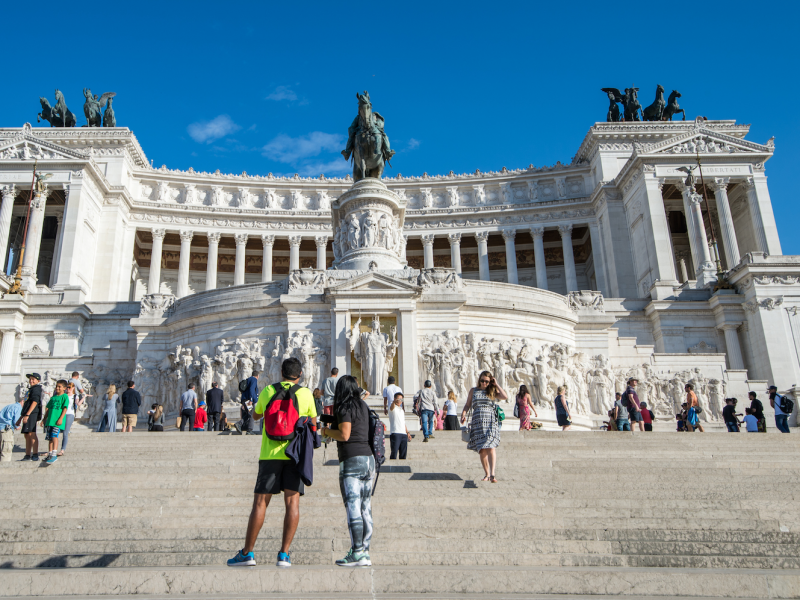
AFTER: Again, the scene is emptier and people are wearing masks.
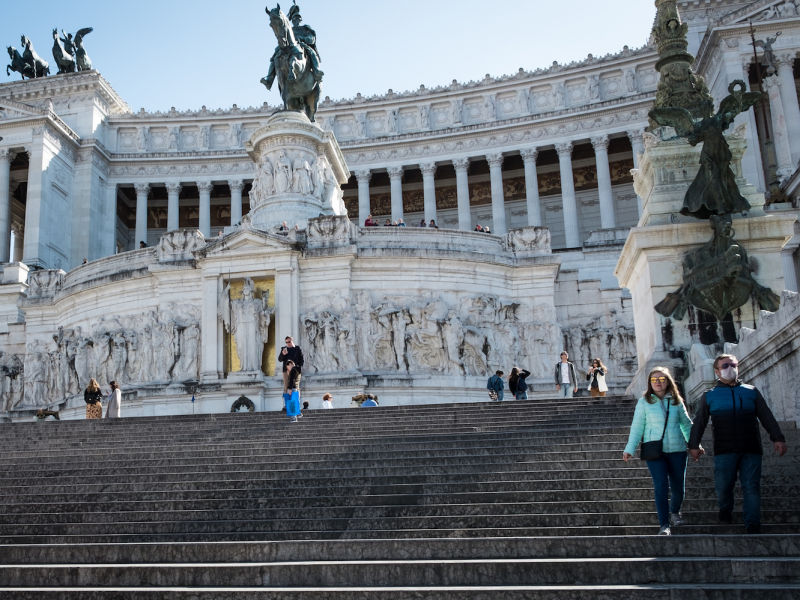
BEFORE: The Vatican is one of the most popular religious sites in the world, with almost 20,000 people visiting the Sistine Chapel every day in the summer months.
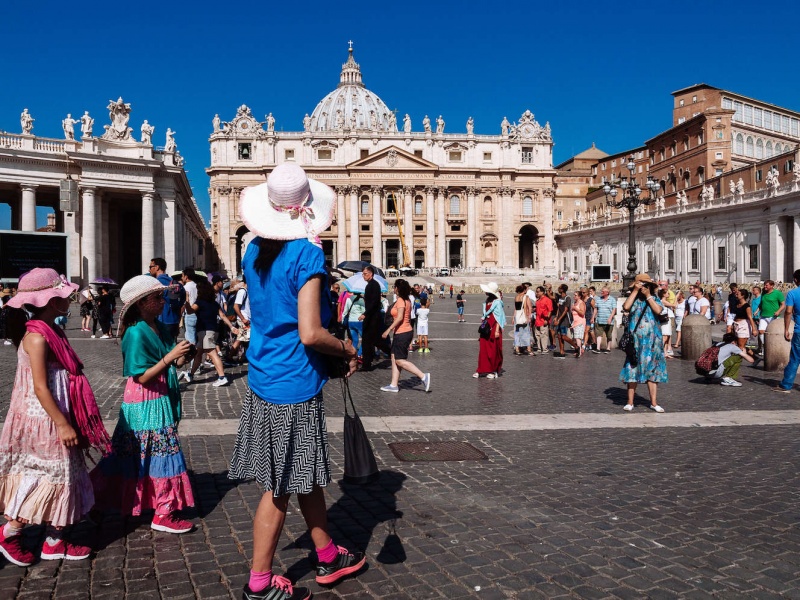
AFTER: But even holy sites are facing a downturn.
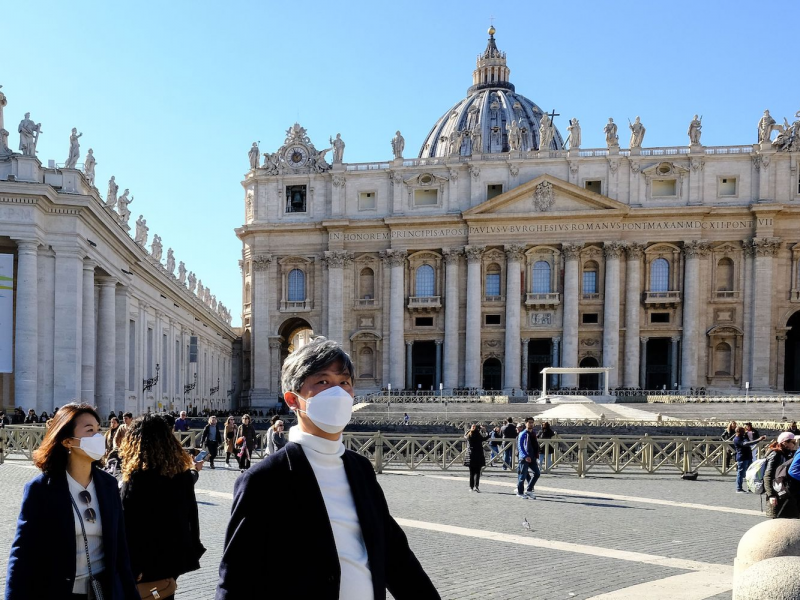
BEFORE: The Louvre Museum in Paris, home to the Mona Lisa, is the most visited gallery in the world.
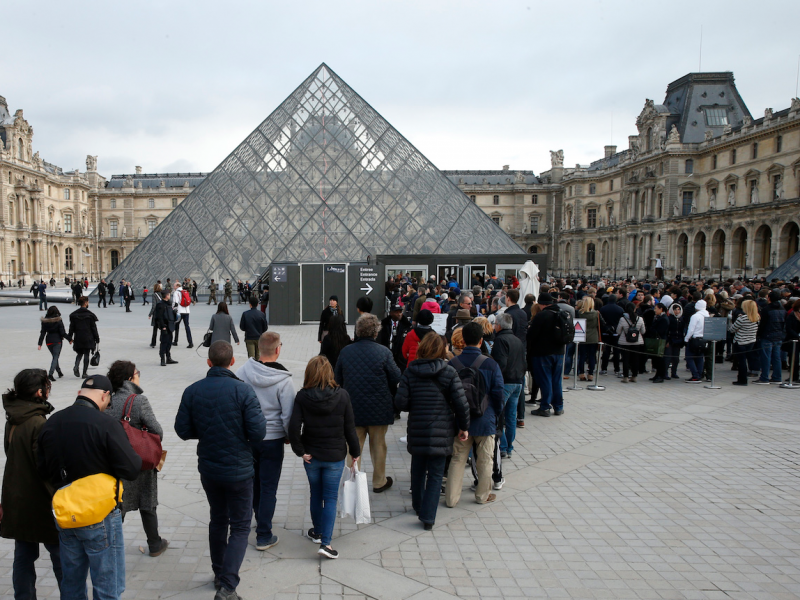
In January 2019, the fine arts museum saw a record number of 10.2 million visitors, according to the BBC. There are almost 15,000 visitors a day, 65% of which are foreign tourists.
AFTER: On March 1, it was announced that the museum would not open because of the virus.
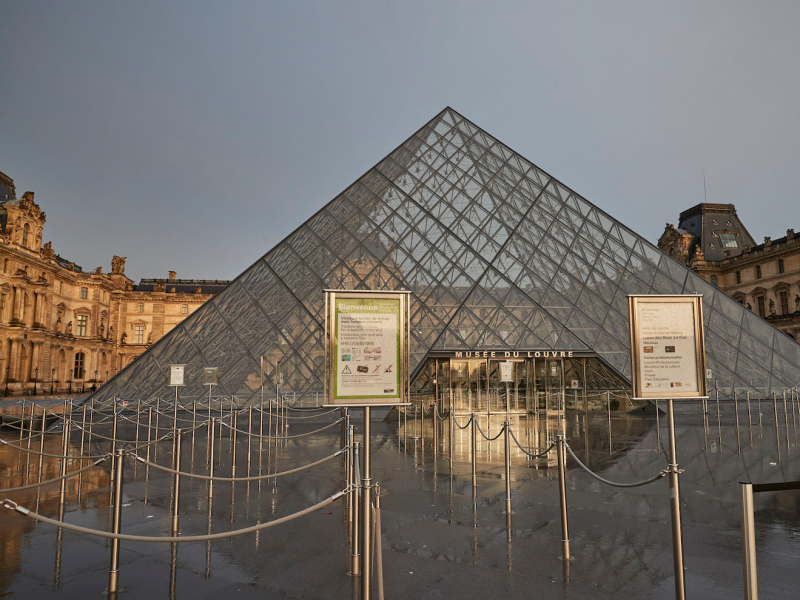
In a statement, the museum said: "Museum staff gathered to discuss the health situation and the COVID-19 prevention measures taken by the museum following instructions from competent authorities."
A sign in front of the museum, seen in the image above, says: "We will inform you of opening hours as soon as possible. We apologize for any inconvenience caused."
There have been no indications of when it will re-open.
The French government also canceled all public gatherings of 5,000 people or more in confined spaces, including the Paris Half Marathon which was supposed to have happened on Sunday, March 1, the BBC reported.
BEFORE: Venice's popular San Marco square is often packed...
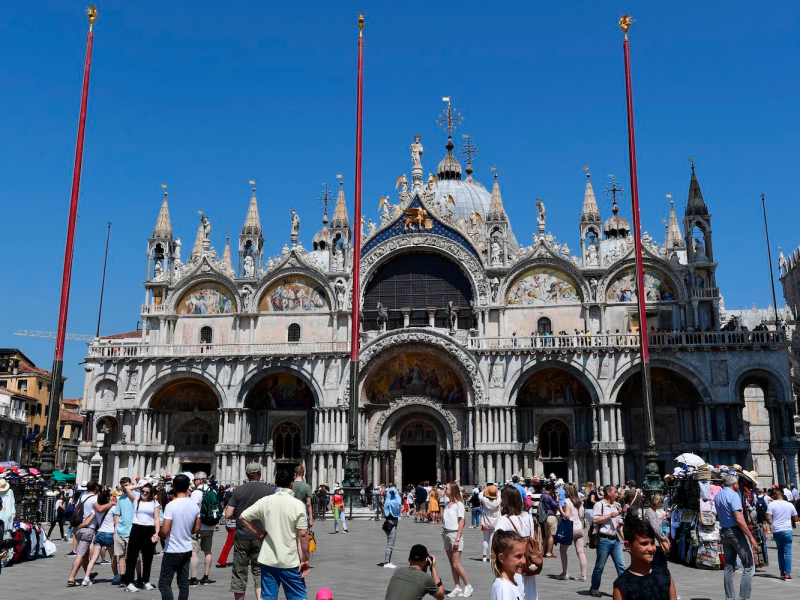
AFTER: But now looks pretty empty, even in Carnival season.
